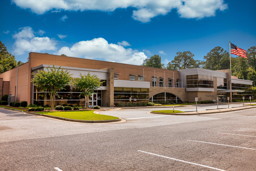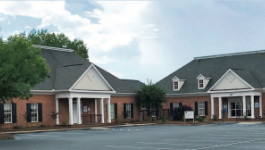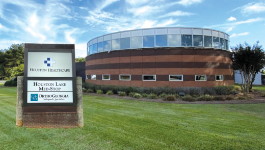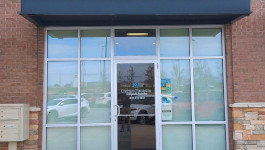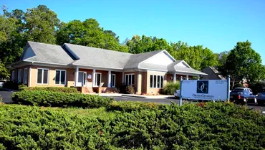Shoulder Pain and the Rotator Cuff – Dr. Gregory Lee
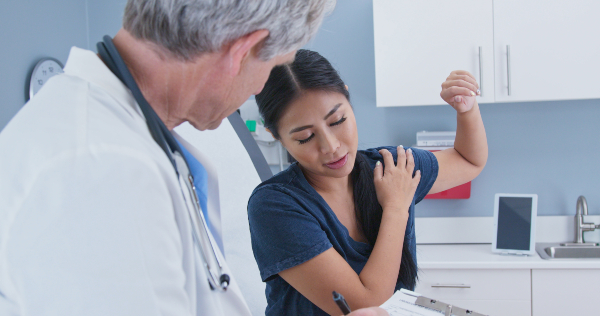
Do you have shoulder pain that interferes with your ability to sleep through the night? Do you have pain in the shoulder and upper arm that makes it hard for you to reach overhead? Does it hurt to rotate your hand and arm to your back when reaching for your wallet or tucking in your shirt? If you answered “yes” to some or all of these questions, you likely have pain coming from your rotator cuff. There is a spectrum of problems associated with the rotator cuff that can give rise to these types of symptoms, ranging from the relatively simple condition of rotator cuff bursitis to the more complex problem of rotator cuff tearing.
Understanding the Anatomy of the Shoulder
A basic understanding of shoulder anatomy is helpful in understanding conditions affecting the rotator cuff. The shoulder is a “ball and socket” joint. The ball is called the humeral head and is located on the upper end of the humerus (upper arm bone). The socket is called the glenoid and is part of the scapula (shoulder blade). The shoulder joint has more freedom of motion than any other joint in the human body and this motion is controlled by a group of four muscles and their attached tendons called the rotator cuff. The rotator cuff muscles are located on the front and back surfaces of the scapula. As these muscles pass toward the humeral head, the muscle tissue turns into tendon, a tougher tissue that allows a firm attachment to the humeral head. These rotator cuff tendons form a blanket or “cuff” of tissue that attaches to all but the bottom third of the humeral head. Shoulder motion occurs when different combinations of the four rotator cuff muscles contract, squeezing the ball against the socket, levering the arm in different directions.
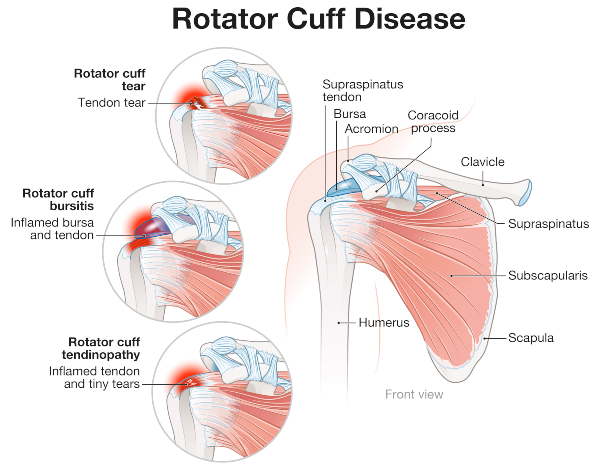
What is Rotator Cuff Bursitis?
There are many bursa sacs in the human body. A bursa is a thin collection of soft tissue that serves as a cushion in locations where a tendon slides along the surface of a bone. A healthy bursa prevents friction from occurring between the moving tendon and the bone. Age-related wear and tear, or injury can cause a bursa to become thickened, scarred, and inflamed. In these situations, the bursa can become a source of pain. There is a bursa in the shoulder that lies on the top side of the rotator cuff. When healthy, it helps the rotator cuff to slide smoothly under the acromion, which is the part of the scapula bone that makes the “point” of the shoulder and the “roof” over the rotator cuff. When this bursa becomes thickened and inflamed, it can become pinched between the humeral head below and the acromion bone above. As the bursa is full of nerve endings, this frequently results in pain. The pain usually is felt running from the point of the shoulder, through the deltoid (the fleshy muscle that makes the curve of the shoulder), and down towards the elbow. This pain often is prominent with overhead reaching and interferes with sleeping. A grinding sensation may be felt with shoulder movement as the thickened bursa is pinched between the two bone surfaces. Calcium deposits can accumulate on the undersurface of the acromion, creating a bone spur that points down towards the bursa and rotator cuff. The presence of a bone spur can contribute to the formation of shoulder bursitis.
How is Rotator Cuff Bursitis Treated?
A two stage approach is used in the nonoperative treatment of rotator cuff bursitis. The first stage involves various treatments to decrease pain and the scarring of the bursa tissue. Cold therapy decreases swelling and inflammation. The application of a moldable cold/ice pack applied to the shoulder for 10 to 15 minute periods, as frequently as possible, can be helpful in diminishing pain associated with rotator cuff bursitis. Anti-inflammatory medications, such as Ibuprofen (Advil, Motrin) and Naproxen (Aleve) can reduce shoulder pain and swelling in the bursa. Individuals with a history of peptic ulcer disease, Gl bleeding, and kidney function impairment should consult their primary care physician before using these medications. Prescription anti-inflammatory medications, such as short term oral steroids, are also an option. Steroid medication can also be injected directly into the space above the rotator cuff, where the bursa is located, and can help reduce scarring of the bursa. Finally, physical therapists can administer various treatments to the shoulder which can help to reduce shoulder pain and swelling in the bursa. The second stage of treatment involves a rotator cuff rehabilitation program. Strengthening and coordination of the muscles of the rotator cuff serve to stabilize the humeral head in the glenoid socket, which diminishes stress on the bursa, allowing resolution of bursal inflammation. A commitment to numerous months of rotator cuff rehabilitation helps to insure against recurrence of bursitis symptoms. The rehabilitation is done with a home exercise program. It is often beneficial for the individual to begin rehabilitation with a short course of physical therapy, to learn the proper technique for the exercises.
When is Surgery Needed for Rotator Cuff Bursitis?
Surgical intervention becomes necessary when the above treatment plan fails to permanently alleviate symptoms. An MRI is usually obtained prior to surgery to evaluate for the presence of a rotator cuff tear. Surgery is performed with an arthroscopic approach that is minimally invasive. A scope about the size of a pencil is inserted into the shoulder joint through a small incision called a portal. Other portals are used to insert devices that allow removal of the bursa and any bone spurs. The patient usually spends a week or two in a sling and begins physical therapy within the first week after surgery. Total expected recovery time is approximately four months.
What is a Rotator Cuff Tear?
A rotator cuff tear occurs when part of the tendon attachment of the rotator cuff muscles becomes detached from the humeral head. A tear can be due to trauma, such as a motor vehicle collision or shoulder dislocation. Research has also shown that tearing of the rotator cuff can simply occur as a result of wear and tear. In fact, four out of every ten people older than sixty will develop a rotator cuff tear. Many rotator cuff tears are asymptomatic. That is, the individual with the tear will have no pain and no limitations in function. It is not completely understood why some tears cause symptoms and some do not. A torn rotator cuff cannot heal itself in the sense that the tendon cannot reattach to the bone of the humeral head. Rotator cuff tears vary in size, ranging from small tears affecting only a small percentage of the cuff to massive tears involving detachment of all four of the rotator cuff muscles. There has been considerable research investigating what happens to a torn rotator cuff when it is not surgically repaired. As mentioned above, a detached rotator cuff tendon cannot heal itself or reattach to the humeral head. Some small tears will remain unchanged in size for years. Unfortunately, some rotator cuff tears will gradually increase in size if neglected. This process is accompanied by retraction of the tendon end, where the muscles on the scapula will gradually pull the torn tendon further away from the humeral head. The muscle and tendon can become permanently scarred in this retracted position. The muscle of a torn rotator cuff can also undergo atrophy, where the functional muscle fibers are gradually replaced by nonfunctional fatty tissue. This atrophy is irreversible. These processes of retraction and atrophy can reach an advanced stage, at which point surgical repair of the rotator cuff tear is no longer technically possible.
When is Surgery Needed for a Rotator Cuff Tear?
Surgery for a torn rotator cuff is similar to that described for bursitis, with the added surgical step of reattaching the torn rotator cuff tendon to the bone of the humeral head. Frequently, this can be done arthroscopically using small incisions. A surgical incision and “open” surgical repair is often needed when the tear is large and severely scarred. The key to successful healing of a rotator cuff repair is protecting the repair from stress, while a permanent bond forms between the bone and the reattached tendon. Small blood vessels that grow from the bone to the tendon accomplish this “bonding” or permanent healing of the repair. It is necessary for the person undergoing a rotator cuff repair to spend six to eight weeks in a sling, avoiding any strain on the shoulder. Cigarette smoking can severely diminish the growth of small blood vessels and can prevent a repaired rotator cuff from healing. Therapy is usually started three to four weeks after surgery. Maximal recovery typically occurs around six to eight months after surgery.
Non-Surgical Treatment for Rotator Cuff Tears in Central GA
Surgery is not always necessary for a torn rotator cuff. It is possible for a painful tear to become asymptomatic with a nonsurgical treatment approach as described above for rotator cuff bursitis. The decision as to whether an individual with a torn rotator cuff needs surgery, is based upon the individual’s age, desired activity level, degree of pain, and functional limitations. In general, younger and more physically active individuals will need to undergo surgical repair, as the higher demands placed on the shoulder usually result in persistence or recurrence of symptoms. The primary danger with neglecting to repair a torn rotator cuff in a young and physically active individual is the potential for the cuff to undergo retraction and atrophy. There is not a good solution for the young person who has a rotator cuff tear that has reached a stage at which it is no longer repairable. Nonsurgical treatment for a rotator cuff tear can be successful in older individuals (older than 65) who do not have the need in their lives for strenuous overhead reaching or lifting activities. This age recommendation serves only as a rough guideline, with the decision to surgically repair a rotator cuff tear hinging to a greater degree on the individual’s desired level of physical activity.
About Dr. Gregory Lee
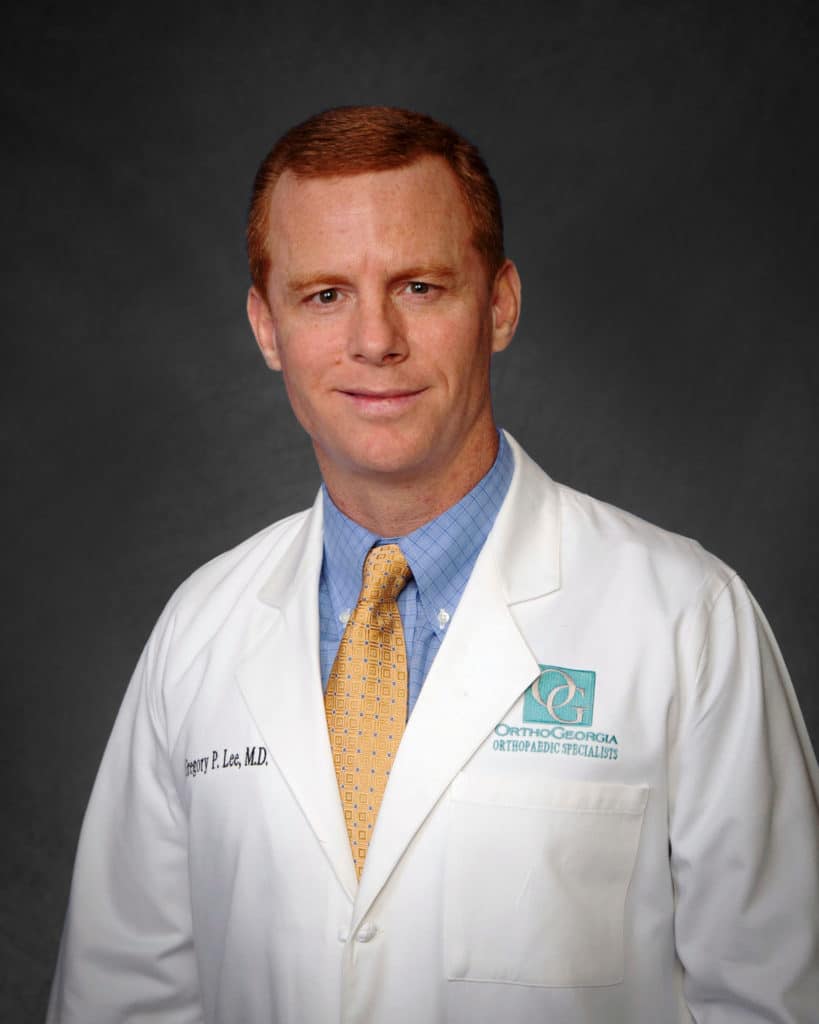
Dr. Gregory Lee, the author of this article, is one of our board certified orthopaedic surgeons at OrthoGeorgia. He is fellowship trained in Sports Medicine and has a special interest in sports injuries, arthroscopy of the shoulder and knee, ACL reconstruction, shoulder instability, rotator cuff pathology, and fracture care. He often treats elbow and ankle injuries as well, and is certified to perform Mako Robotic Arm Assisted Knee Surgery for partial knee replacements in Central GA. He serves as a team physician for Mercer University and the Academy of Classic Education. Patients can make an appointment with Dr. Lee at our Macon office (Building A).
Care and Treatment of Rotator Cuff Pain and Injuries in Central GA
The rotator cuff is a common source of shoulder pain, with conditions ranging from rotator cuff bursitis to rotator cuff tears, There is a wide array of treatment options available to individuals with rotator cuff conditions. OrthoGeorgia has physicians specially trained in the treatment of rotator cuff conditions, available to help you select the most appropriate treatment approach. Whether you are seeking spine, hand, sports medicine, foot & ankle, or total joint care, our physicians will work with you every step of the way and ensure that all of your questions are answered. We are proud to provide comprehensive orthopaedic care in Macon, Macon Spine and Orthopaedic Center, Warner Robins, Kathleen, Milledgeville, Dublin, and Hawkinsville. To schedule an appointment, please contact us today!
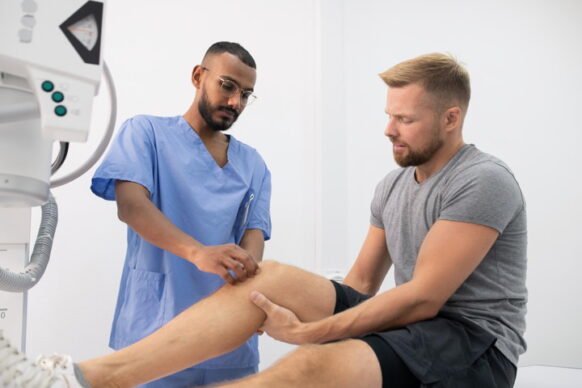
Personalized Orthopaedic Care in Central Georgia
At OrthoGeorgia, we want to help you live a healthier and more comfortable life by giving those in Macon, Warner Robins, Kathleen, Milledgeville, Dublin, Hawkinsville, and the surrounding areas convenient access to the highest quality care. Whether you have been suffering from a sports injury or a common orthopaedic condition, we will determine the cause of your discomfort and craft a personalized treatment plan to bring you relief. To learn more about our services and our physicians, or to schedule an appointment at OrthoGeorgia, please contact us today.
